Samuel Hartnett
Published 12/4/2017
Can you tell us a little bit about yourself and the kind of work you do?
I'm based in Auckland, and have been specializing in art documentation and architectural photography since the mid 2000s.
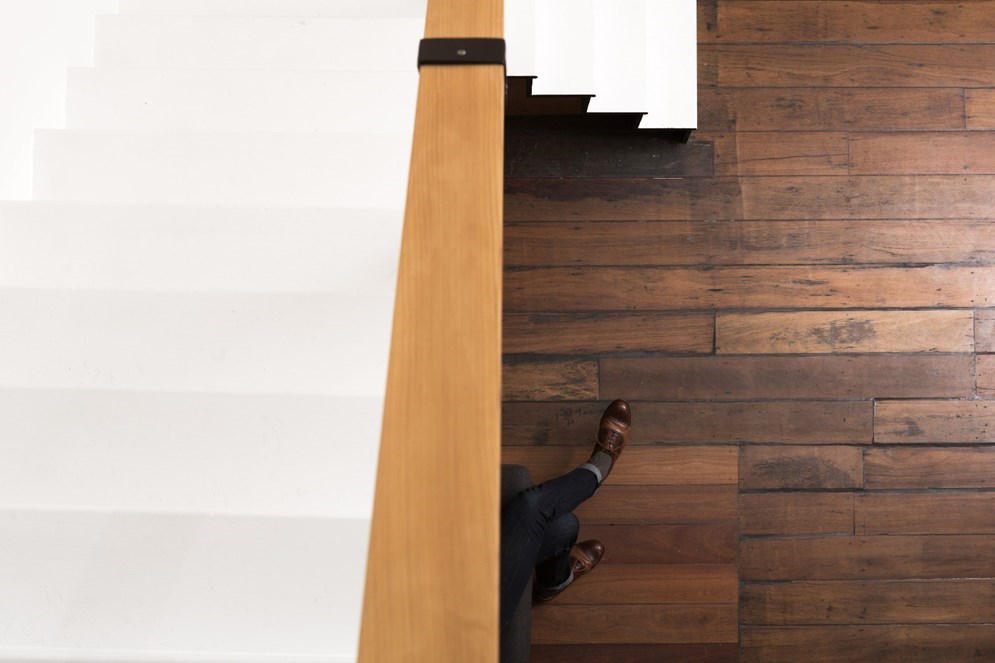

How did you get into photography?
A series of bad life decisions backed me into a corner and I enrolled in art school, majoring in photography. I did some work experience at Auckland art gallery with the photographers there, and continued to assist them on their freelance work for several years. I learned a lot from that experience, and it certainly gave me a platform to work from. I spent the first 5 years shooting for galleries, slowly building a net work of clients through word of mouth.
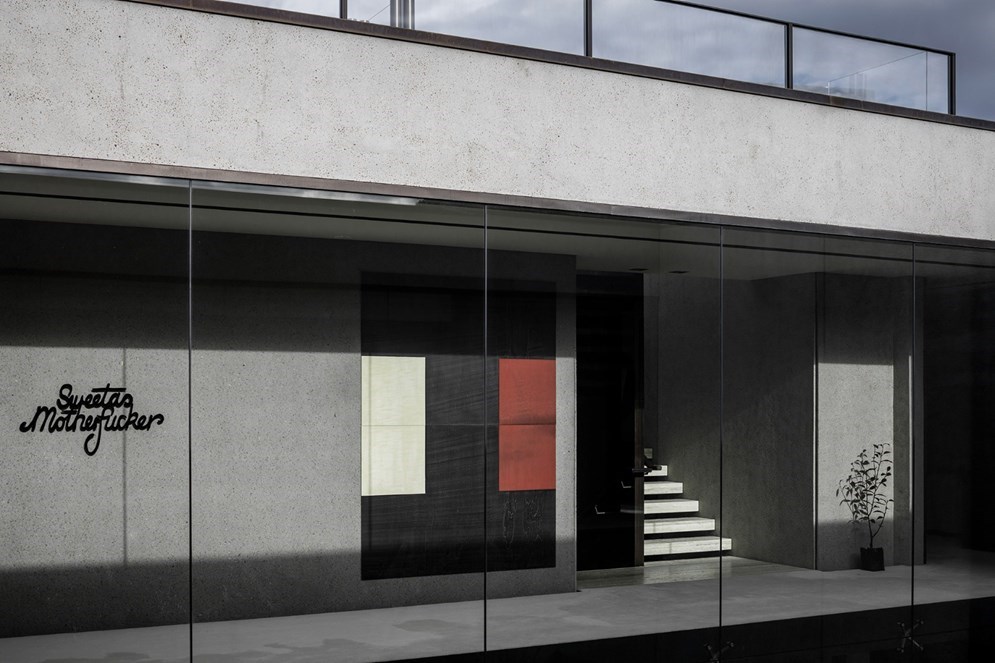
What drew you to architecture as the subject of your work?
Art and Architecture are fairly closely related, so it seemed natural to bridge that gap and start to shoot some more architecturally focused projects.

Which photographers influenced you, and how did they influence your thinking, photographing, and career path?
When I was studying I was looking a lot at the work of Andrea Gursky, Hiroshi Sugimoto, Jeff Wall, and Joel Sternfeld. I admired the clarity and rigidness of their photographs, so loaded, and such perfect light and composition, they had the feeling that they were very hard to make.
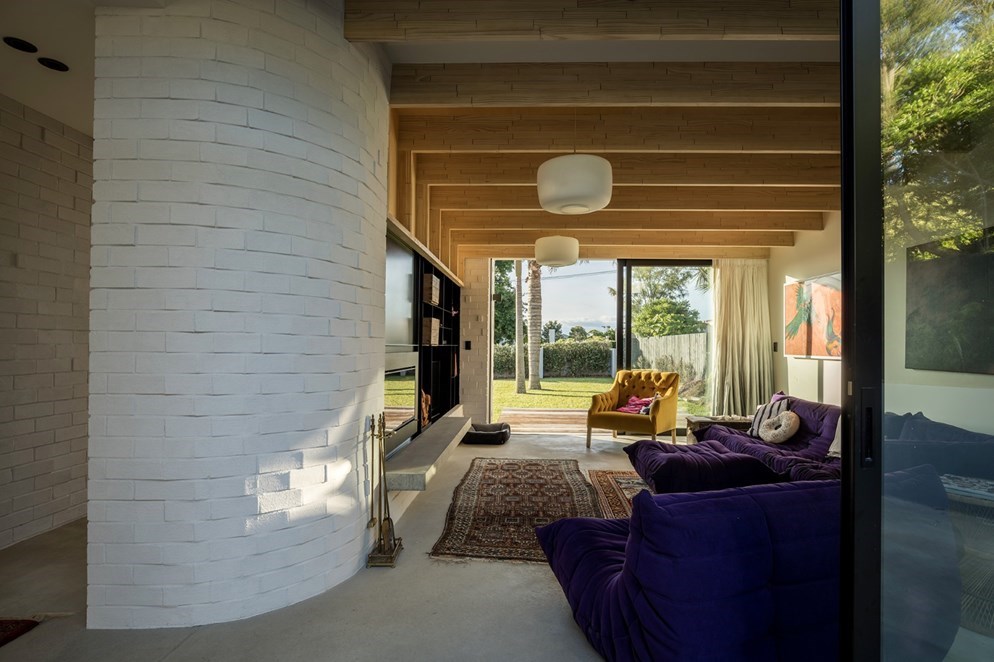
Do you tend to experiment with any other genre in photography or keep your entire focus on architecture itself?
I used to exhibit more, but freelance has taken over that now. I did make a body of work while on the job at Auckland University, I was photographing their art collection, and I decided to push my own photographic agenda and photograph the works in situ, showing the offices which surround them, to give the collection context.
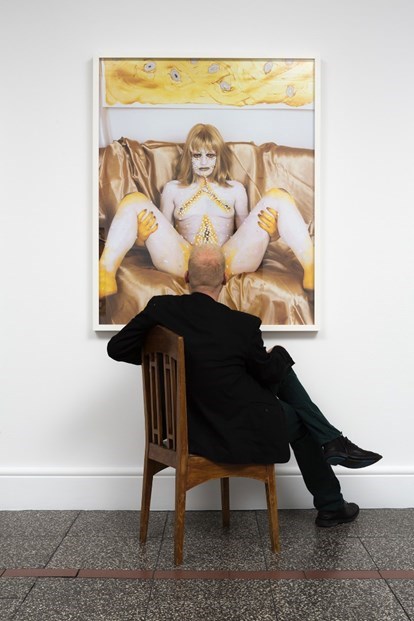

Your favourite project to date?
One of my favourite projects recently was shooting an old heat pump, a client got in touch and asked me to shoot a heat pump they were having de-installed, they loved the design of it, but it was not working. I drove over and made a photograph of it, printed it the same size as the heat pump and had it framed, it now hangs in place of the old heat pump, as a memorial.
Another was photographing some works from the Wallace collection at Ranoch for a show curated by Anna Miles at the Pah. We had Sir James' hired help boil us an egg and toast us some soldiers to have a midnight snack to show of the Peter Wood silver salt and pepper grinders in the form of hauraki gulf light houses.
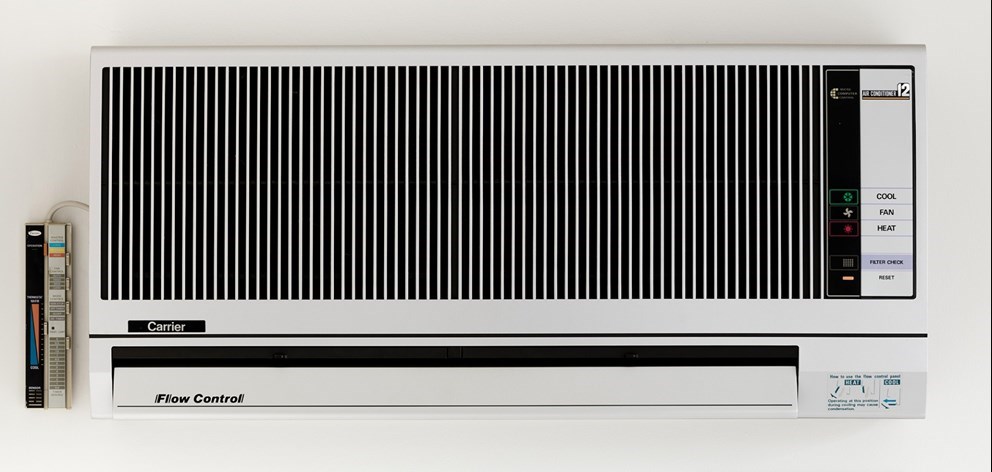

Photography has undergone big changes over the last few years, as has the publishing industry. In what ways has this affected your work as a photographer?
Im not sure, I kind of started around the time of the GFC, so it was never going to be that great, its only got better since then.

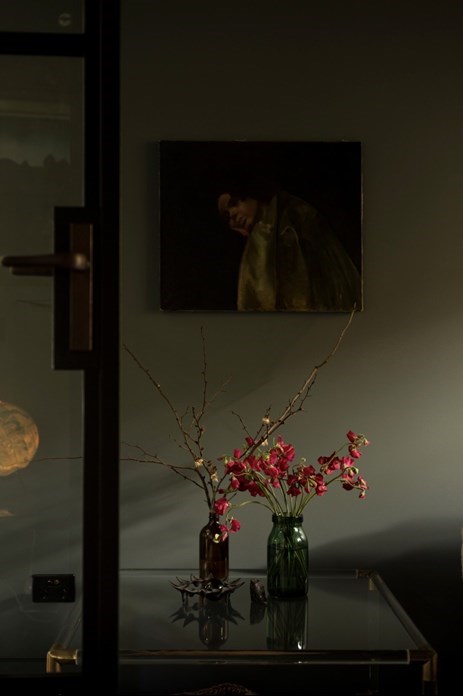
What kind of tools and camera equipment do you use on a daily basis in your projects?
I have a 5ds and a suite of primes, I love using primes, especially tilt shifts, zooms make me lazy.

Is photography your full time commitment at the moment?
Yes, and family.
Can you describe your process when working on a photography project?
I usually start with a site visit if possible, map out the light, wait for a good day. Turn up early and look at angles and shots for hours, when the light hits, fly into a mad panic and try to get all the shots you can in the time you have, then go to the studio and process.

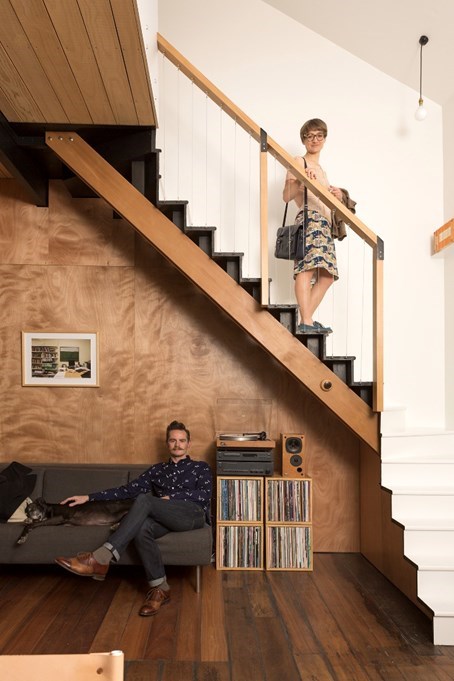
What advice would you give to architects wanting to have their buildings photographed?
Your photographs will be better if the project is finished and established. Wait for a good time of year to shoot, summer is not so great. Stylists are good to have on board too.
To view more of Samuel's work:

 +9 529 5055
+9 529 5055